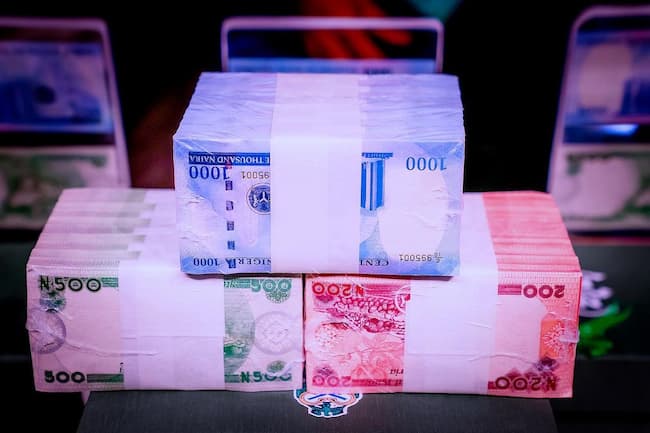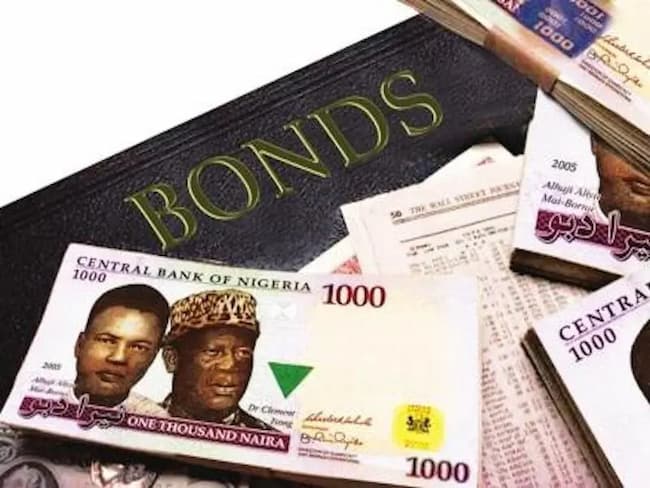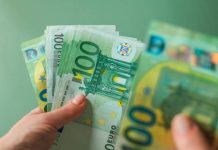The naira appreciated against the US dollar in the official foreign exchange (FX) market, as Nigeria’s foreign reserves climbed to $39.66 billion. According to spot data from the FMDQ platform, the naira strengthened by 2.41%, closing at ₦1,630.45 per US dollar in the official market.
This upward movement led to a ₦5 gain in the parallel market, with checks indicating the naira traded at ₦1,725 per US dollar today, down from ₦1,730 at the beginning of the week. The current gap between official and parallel exchange rates now stands at ₦95, a high margin in a country striving for exchange rate convergence and aiming to curb speculative trading.
In the third quarter of the year, the naira experienced a 2.4% depreciation, sliding from ₦1,505.30 to ₦1,541.52, as FX liquidity challenges persisted. Analysts at FSDH forecast that the exchange rate could close the fourth quarter around ₦1,560/US$.
“With the festive season approaching, we anticipate increased Forex inflows, supported by policy rate hikes and the CBN’s FX interventions aimed at stabilizing the exchange rate,” FSDH noted in its latest macro report.
The naira’s devaluation and rising interest rates have raised the naira-denominated value of public debt but also boosted federal allocations to states. However, some companies are now facing financial strain.
On the global front, oil prices saw their steepest daily drop in two years, with Brent crude falling nearly 1% to $71.20 and US benchmark West Texas Intermediate (WTI) decreasing to $67.23 on Tuesday.
In contrast, gold prices surged to an all-time high, driven by geopolitical uncertainties around the U.S. presidential election and the Middle East conflict, as well as expectations of a Federal Reserve rate cut. This heightened demand pushed bullion to approximately $2,781.60 per ounce.













